 4 Columns
4 Columns
We’ll be back with a regular 4Columns issue on September 6. Until then, enjoy our second summer missive, in which we sort books based on relative thickness.
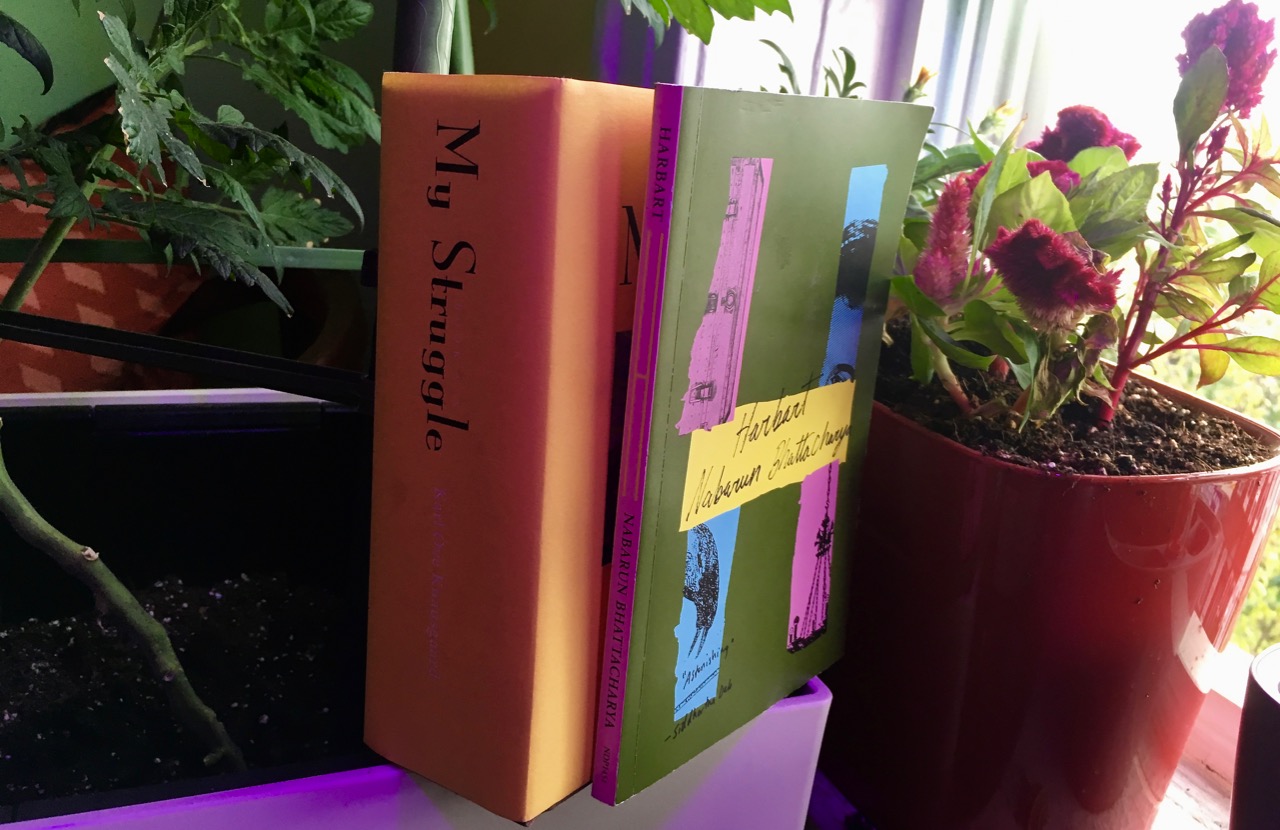
When it comes to summer reading, people tend to follow one of two routes: opting either for those just-published tracts that wink at us from store windows and e-commerce sites, or those historical classics that slipped through the cracks of our college syllabi. At 4Columns, our summer reading plans have brought us to a different fork in the road: the first path leads to a stack of big books that are too heavy to carry on the subway during the rest of the year, but are well-suited to summer’s protracted plane rides or idle weekends at home. The second path takes us to the daunting tome’s inverse: those slim, unassuming volumes that tuck easily into a bag and can be consumed during a day-trip to the beach—yet lack nothing in terms of their relative power. We think, in other words, in terms of girth, turning for inspiration to this list of books fat and thin that have recently been covered in 4Columns.
Books, Three Fat
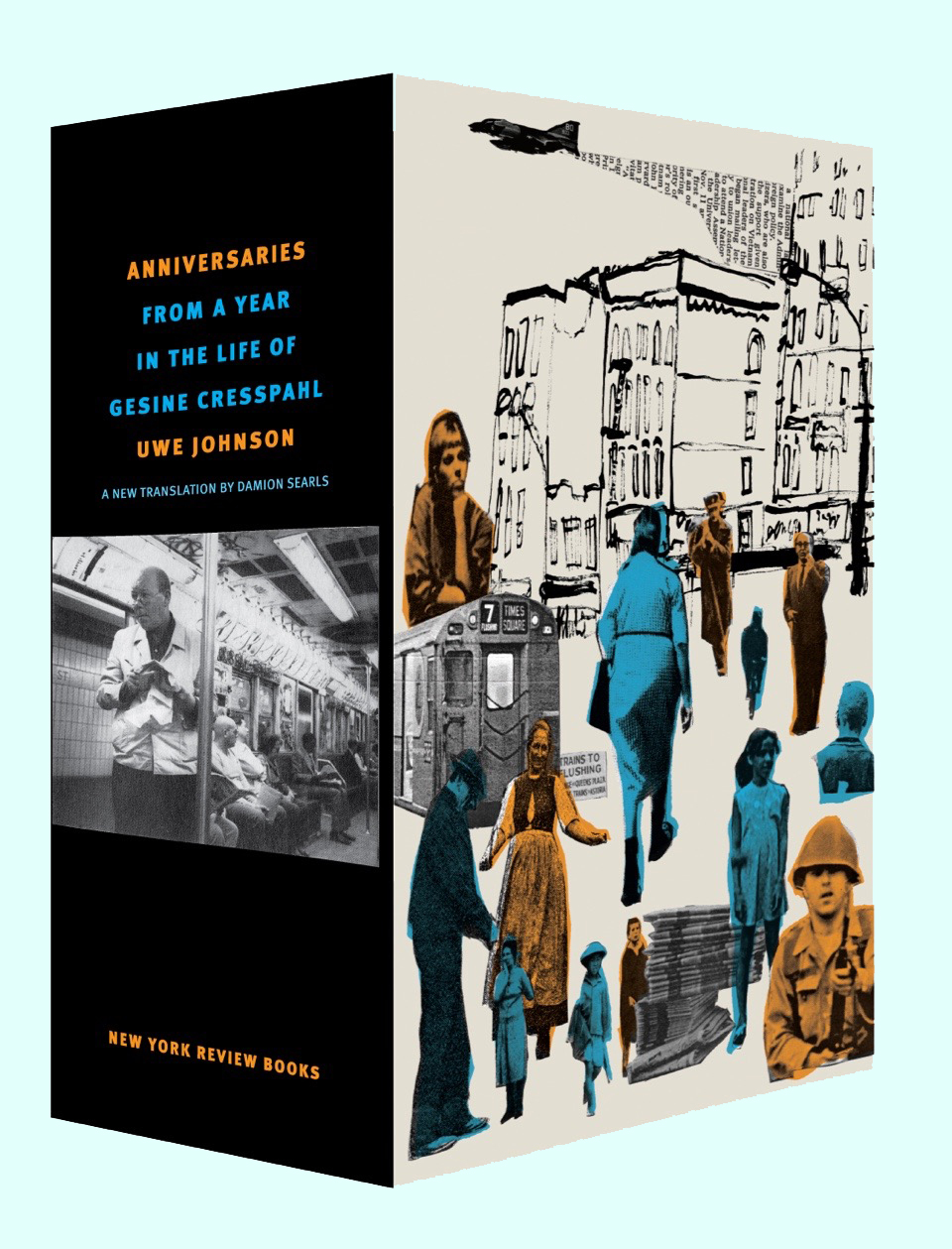
Anniversaries, by Uwe Johnson: 1,668 pages.
Reviewed by Charity Scribner.
This two-volume doorstopper is considered one of the most important literary works of postwar Germany, but until now its English-language reception has been largely academic. NYRB’s publication of a new, unabridged translation will hopefully inspire a broader audience to dive into the semi-fictional life of Gesine Cresspahl, a German émigré living in New York with her young daughter, during the volatile year of 1967–68. “Karl Ove Knausgaard probably read Anniversaries before writing the six books of My Struggle,” Charity Scribner writes in her 4Columns review. “Rachel Cusk would have much to learn from it now.”
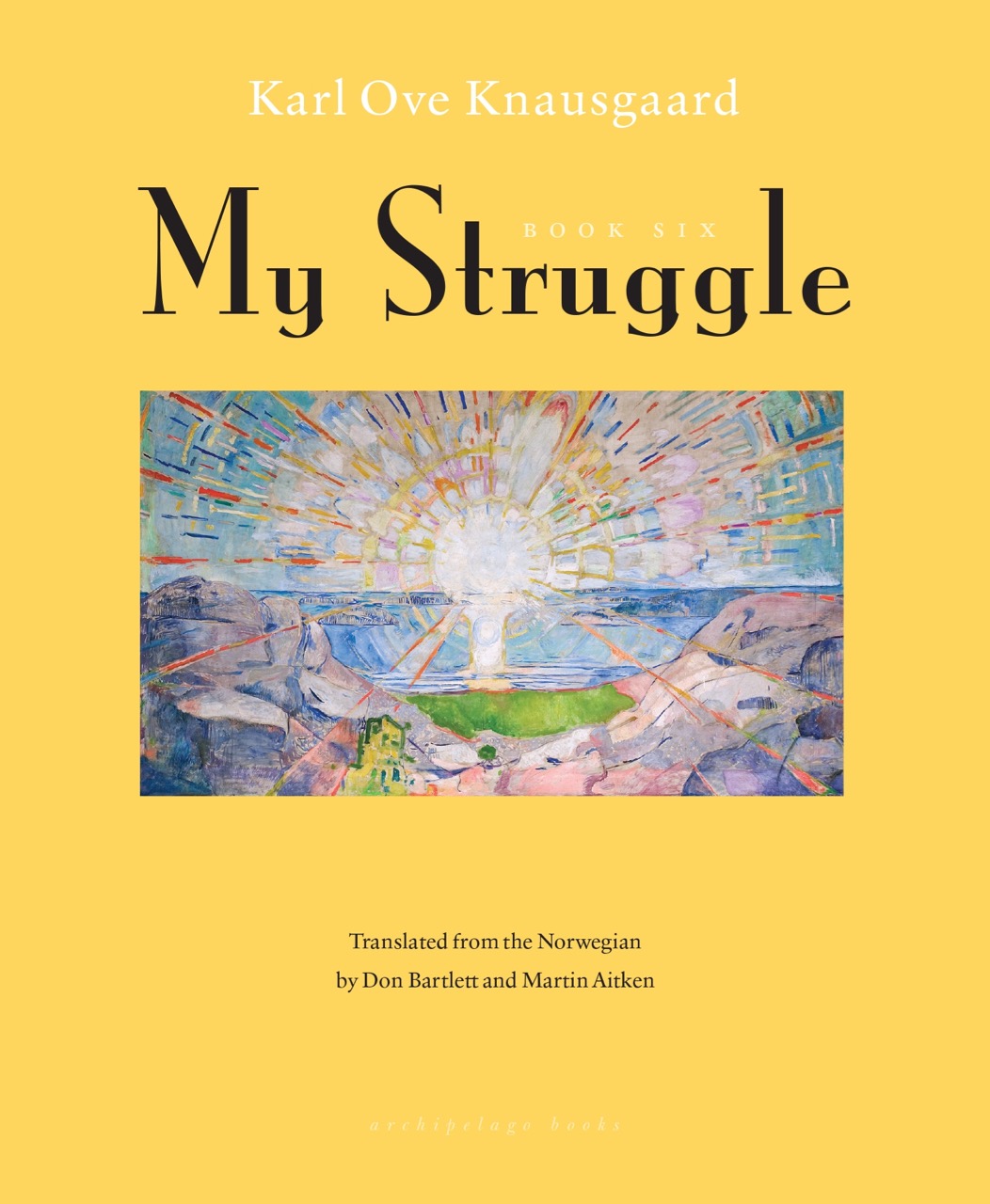
My Struggle: Book 6, by Karl Ove Knausgaard: 1,156 pages.
Reviewed by Hari Kunzru.
Speaking of Knausgaard, no list of very-long books would be complete without his best-selling My Struggle, the ultimate volume of which was published last September, finally allowing English-speaking readers to assess the multipart epic as a complete work. At 1,156 pages, Book 6 is sprawling and episodic, patchy and imperfect, a vast text produced at a breakneck pace; but reading it is an unforgettable experience, writes Hari Kunzru.
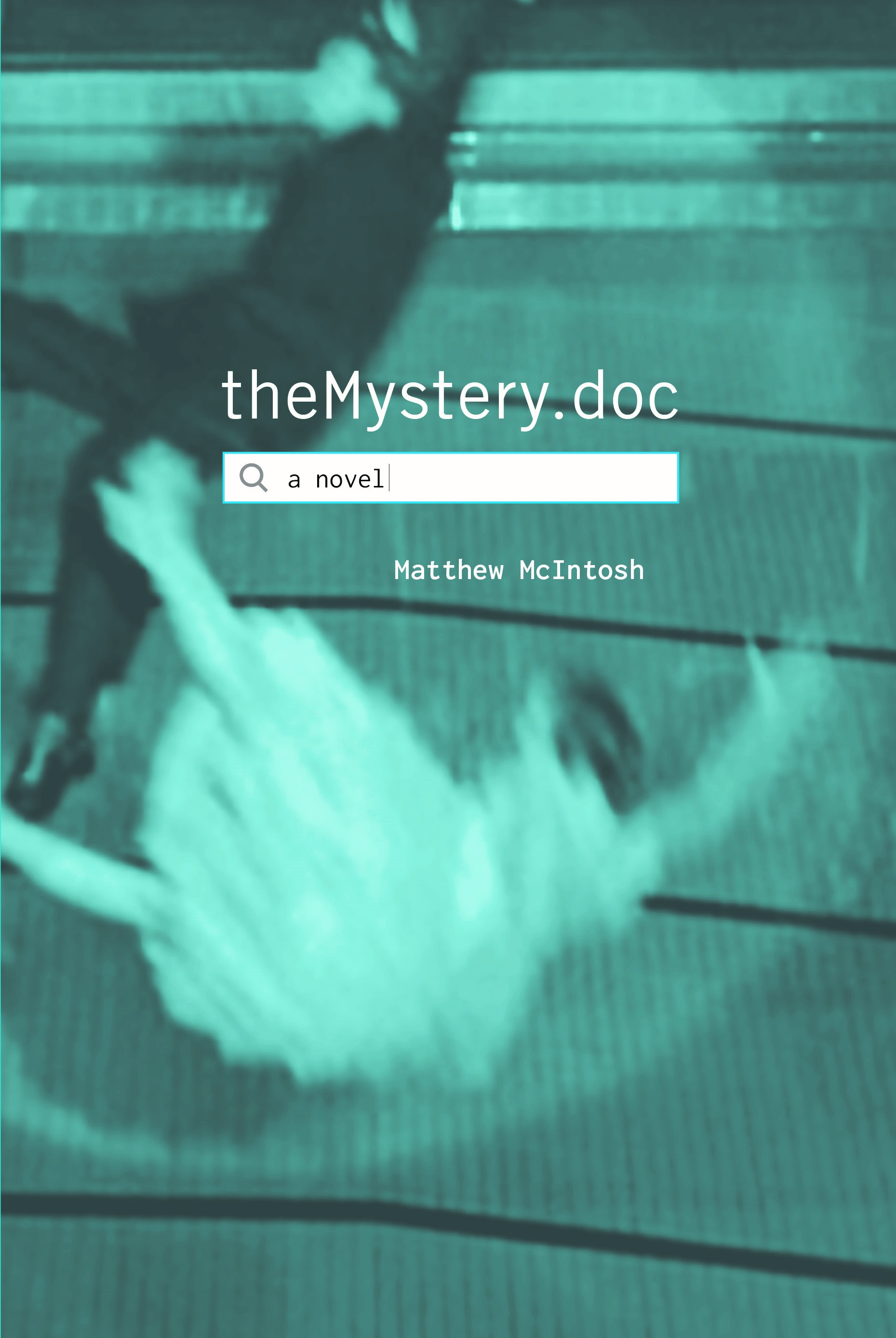
theMystery.doc, by Matthew McIntosh: 1,660 pages.
Reviewed by David L. Ulin.
“There’s little purpose in trying to summarize the plot of Matthew McIntosh’s second novel, theMystery.doc,” David L. Ulin wrote in his 2017 review. “In the first place, the book is more than 1,600 pages in length, so how to encapsulate it all?” But McIntosh’s post-postmodern expression of the chaotic culture in which we live sounds well worth investing time in (not to mention the physical exertion of lugging it around); it’s a surprisingly intimate and thoughtfully self-aware book that “takes it on faith that literature, that art, should address the largest questions, even when we know they can’t be answered in any satisfying terms.”
Books, Three Thin
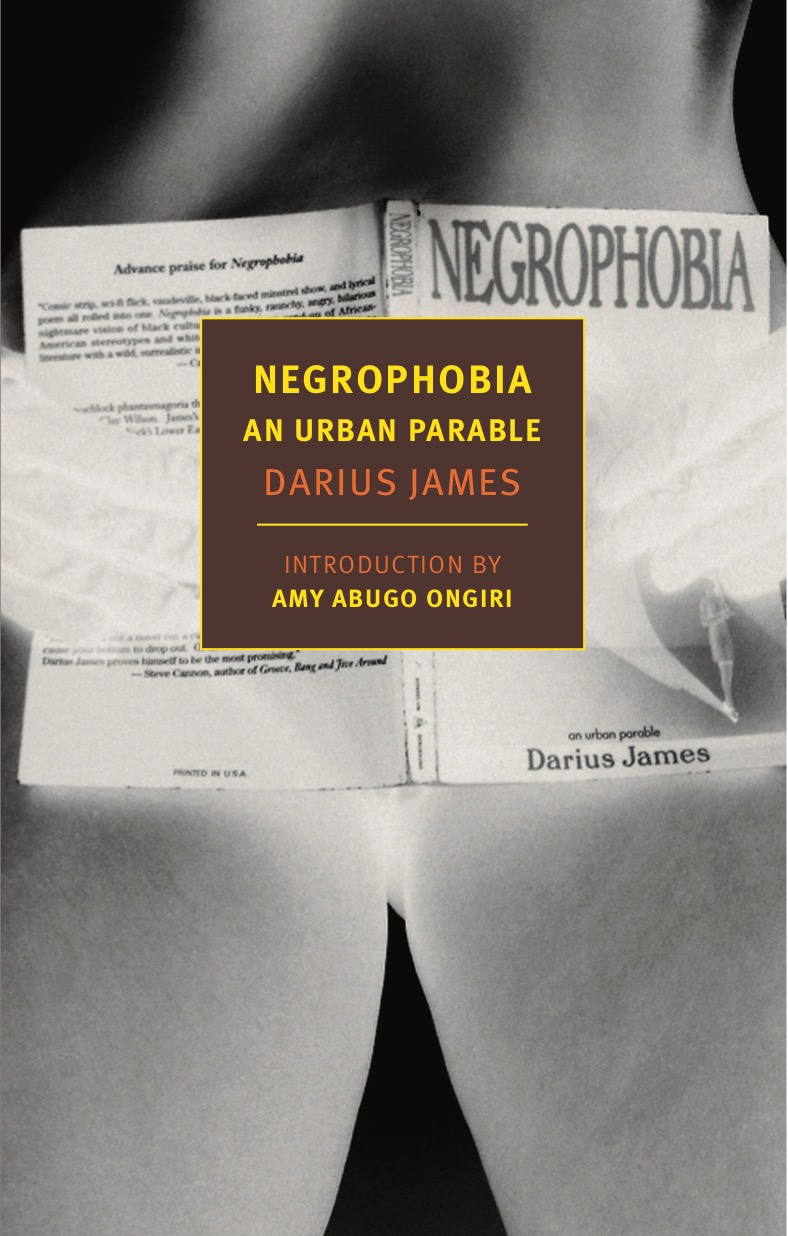
Negrophobia: An Urban Parable, by Darius James: 174 pages.
Reviewed by Lake Bunkley.
If the above books are engorged with pages, inversely proportional is Negrophobia, a lean and nervy paperback. NYRB reissued this licentious screenplay-as-novel (the debut book by elusive author / filmmaker / performance artist Darius James) in February, making it available for the first time since it went out of print over twenty years ago. Marked by a “signature ethics of puckish vulgarity” and “fueled by simmering fury,” Negrophobia “emerges as the senseless lesson of a giddy antichrist,” writes reviewer Lake Bunkley.
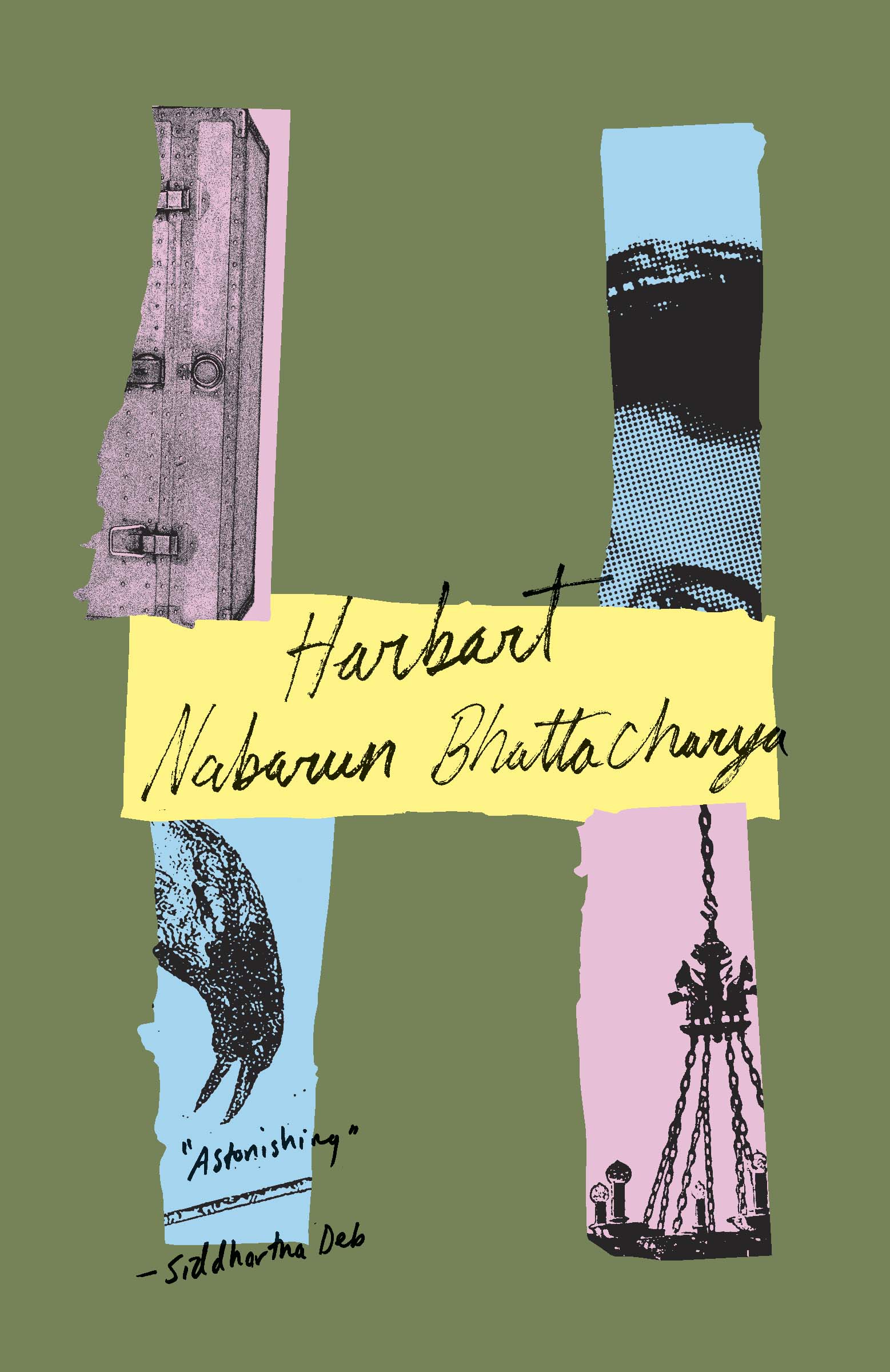
Harbart, by Nabarun Bhattacharya: 122 pages.
Reviewed by Ratik Asokan.
The late Bengali writer Nabarun Bhattacharya saw literature as a protracted guerrilla battle against the neoliberal Indian state, and his scabrous first book Harbart might be classified as “free-market parable.” First published in Calcutta in 1994 (shortly after the Indian government passed economic reforms that would usher in a new age of staggering inequality), it was reissued in a new English translation earlier this summer. As slim a volume as it may be, this is an undeniably important book, writes Ratik Asokan, one that is prophetic of a pioneering “kind of novel that attends to how society is being organized by certain vested interests; a novel that goes to the heart—rather, goes for the jugular—of the economic system itself.”
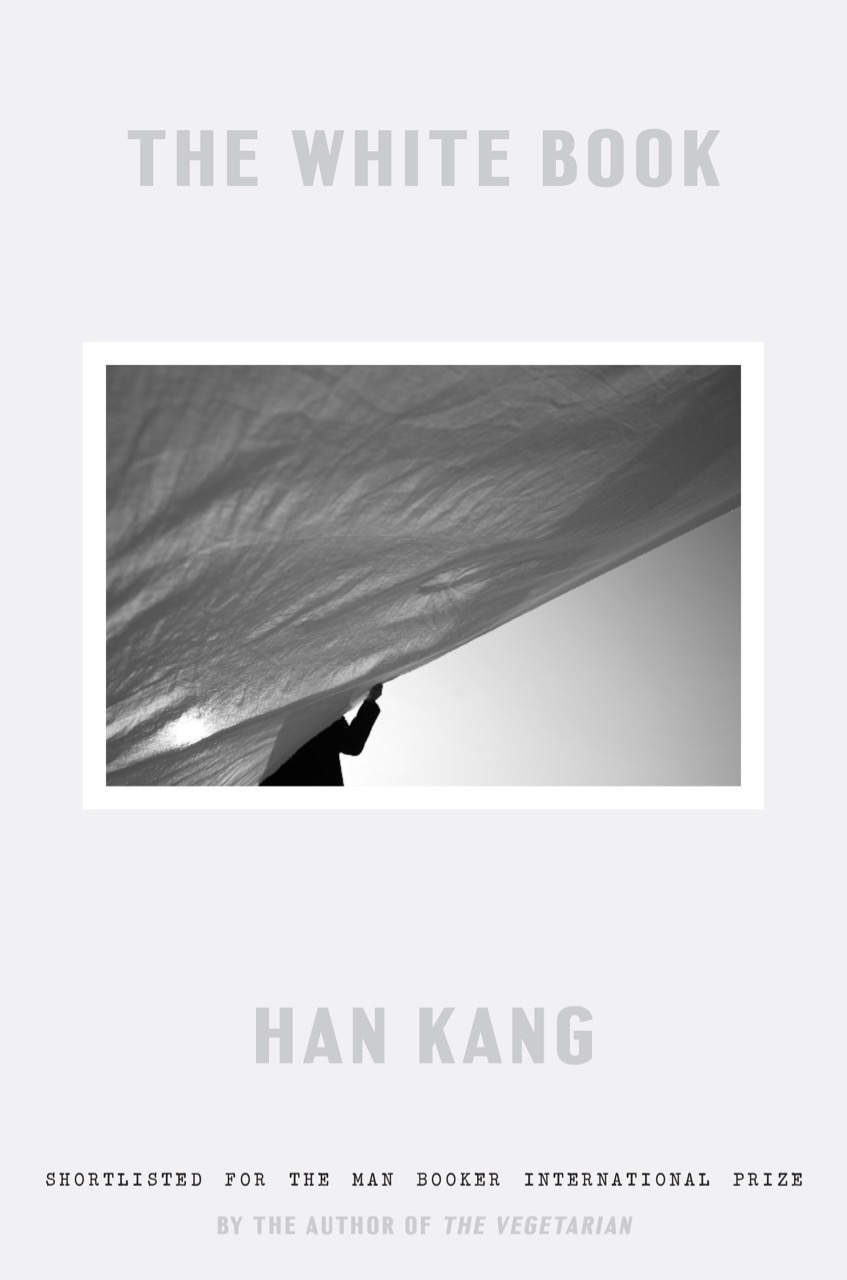
The White Book, by Han Kang: 157 pages.
Reviewed by Sowon Kwon.
This is Han Kang’s third book in English translation, coming after her astounding The Vegetarian, which won the 2016 Man Booker International Prize. Both stark and lyrical, The White Book is inspired by the premature birth and brief life of Han’s older sister, and is as much a meditation on grief as on a color. More ruminative in pacing and tone than The Vegetarian, The White Book resembles poetry collections in its slim presentation and design, writes Sowon Kwon, while thematically sharing with Han’s previous work an attentiveness to “the dead that had been insufficiently mourned.”
Notable Mention
Though 4Columns did not review the new translations of late Italian author Natalia Ginzburg’s Happiness, as Such (1973) and The Dry Heart (1947), these are two particularly slender volumes that should not be missed this summer. Seek them out at your local library or bookseller!